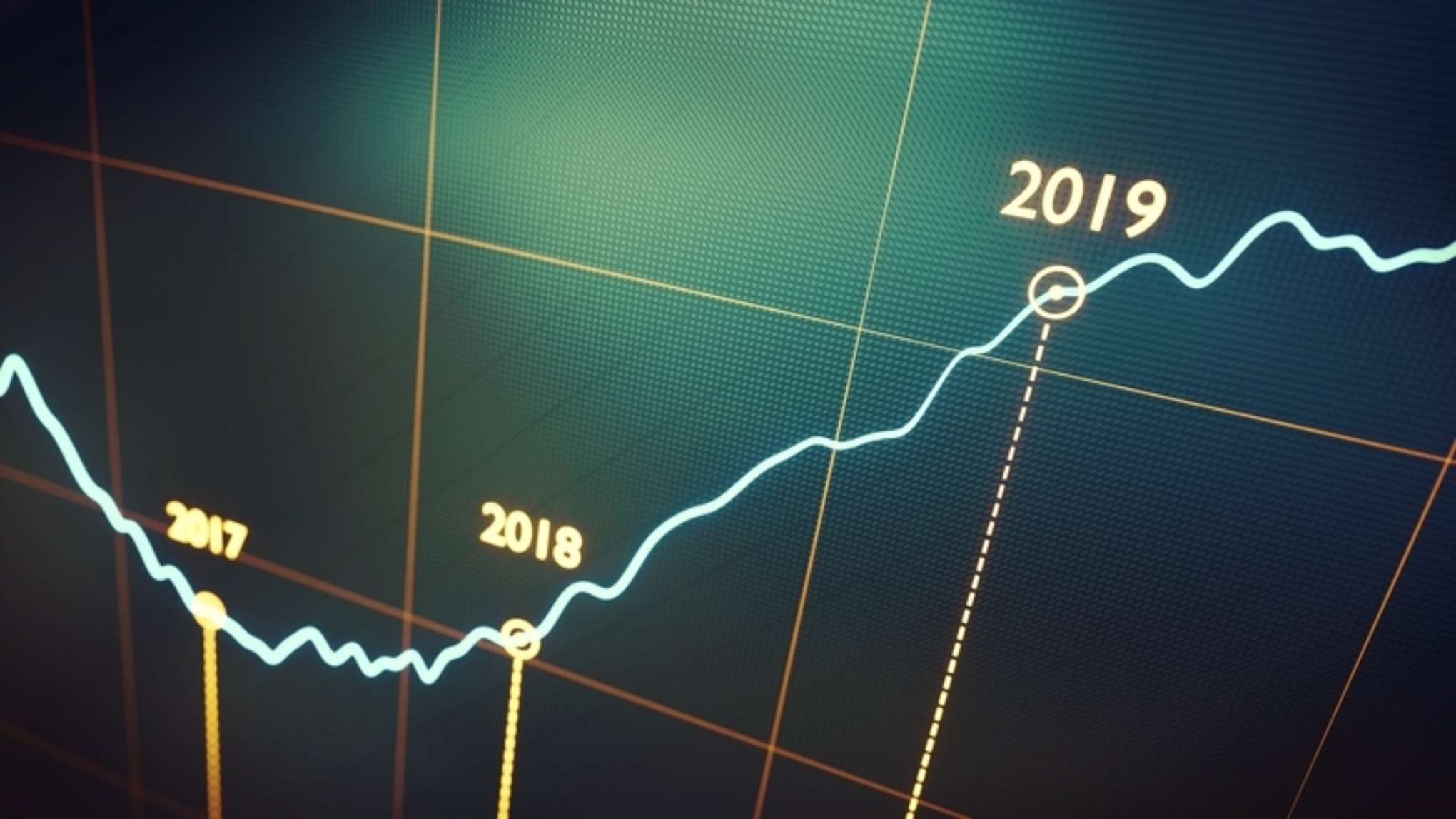Willis Re market report of 1 July renewals
Willis Re has published its assessment of the 1st July reinsurance market which contains illuminating information on the market.
These are significant renewals for the market as the size of the insurance companies involved is of relatively greater size than the June Florida companies.
Please click here for the full report in pdf format.
Highlights from the Executive Summary by Wills Re's Global CEO James Kent and some extracts:
- the July renewals of US Florida and Nationwide business, casualty and specialty lines;
| Property (examples) | Catastrophe loss free % change | Catastrophe loss hit % change | |
| Latin America | +5% to +15% | +10% to +20% | |
| Florida | +20% to +30% | +25% to +35% | |
| US Nationwides | +5% to +20% | +20% to +30% | |
| Casualty (examples) | No loss emergence % change | With loss emergence % change | |
| Intl Motor liability | +0% to +5% | +12.5% to +25% | |
| US General Third Party Liability | +0% to +20% | +10% to +30% | |
| US Healthcare Liability | +5% to +15% | +20% to +40% | |
| US Professional Liability | +0% to +5% | +5% to +15% | |
| Specialty (examples) | Catastrophe loss free % change | Catastrophe loss hit % change | |
| Non-marine retro | +10% to +20% | +15% to +35% |
- the pressures affecting the retro market from the reduced ILS investment;
"One area that is more disrupted is the ILS market. Investors have continued to withdraw capacity from several funds and been much more selective in deploying capital, with the stronger, well-established reinsurers and funds proving the beneficiaries of the limited new capital that was available. The bearish view of investors, already wary following the 2017/18 loss creep, was a result of COVID-19 being the first reinsurance loss that showed a true correlation between the asset and liability sides of reinsurers’ balance sheets."
Total outstanding capital in the non-life cat bond market reduced approximately 5% from US$27.3bn to US$26.1bn.
"The bearish view of investors, already wary following the 2017/18 loss creep, was a result of COVID-19 being the first reinsurance loss that showed a true correlation between the asset and liability sides of reinsurers’ balance sheets....The retrocession market therefore quickly became more complex due to its historic high share ceded to ILS market. As a consequence, mid-year retrocessional buying was more muted as buyers sought other means to manage their exposures and balance sheets."
- Covid-19 uncertainty:
"COVID-19 loss uncertainty remains a major topic with only $7bn of losses announced to date versus top-down market insured loss estimates in the range of $30bn to $130bn. There is a growing realization that the full extent of COVID-19 related losses will take time to fully emerge which will allow reliable claims reserves to be set, as well as dispersing losses across multiple quarters. Some commentators are suggesting that COVID-19 related loss developments will drag onto 2022 or 2023. "
"COVID-19 exclusionary language is now widespread across many lines, either in original policy wordings or in treaty contracts, and was a key element in obtaining reinsurers' support"
- the restored levels of capital in the reinsurance sector:
"Current estimates of the reduction in the capital base of the global reinsurance industry are now down only 5% by the end of June when compared to the end of December 2019 and the 30% drop witnessed at the end of March 2020. A combination of investments recovering, circa $16bn of new COVID-19 related capital raises and cash conservation strategies have driven the rapid recovery."
- Reasons for market hardening and summary:
"The longstanding underlying issues of rate inadequacy in some lines of business, driven by poor loss records and loss creep, remain the key drivers of market hardening pressures as they have done over the last couple of years.....While the market is now showing signs of more persistent hardening, the approach from reinsurers remains logical and measured with clear differentiation between clients, lines of business and territories."
